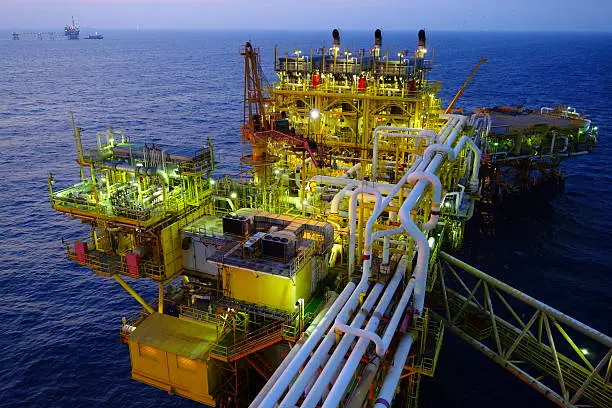The recent decline in Brent crude oil prices has become a focal point in financial markets, with the price plunging to $73.92—a significant drop that positions it at a new low for 2025. This reduction of over 9% since mid-January signals a noteworthy shift in market dynamics, compelling analysts and investors alike to scrutinize the factors contributing to this downturn.
A primary catalyst behind the bearish sentiment is the ongoing trade war initiated by former President Donald Trump, which has reignited tensions with China. His administration’s aggressive stance on tariff increases for various countries is causing significant anxiety among traders, leading to a volatile trading environment for commodities, particularly oil. This atmosphere of uncertainty is further exacerbated by Trump’s recent pronouncement to boost U.S. oil production, a move that typically corresponds with downward pressure on global prices due to increased supply.
The impact of U.S. policies is further magnified by an elevated level of oil inventories in the United States, prompting fears of oversupply in an already teetering market. Reports from reliable sources like Reuters have indicated that these increasing inventory figures are creating a constraining effect on Brent prices, as excess supply outstrips the current demand.
In addition to trade disputes, the U.S. Treasury Department’s decision to implement new sanctions against entities tied to transporting Iranian crude to China has added another layer of complexity. This geopolitical maneuvering contributes to the overall volatility within the Brent crude oil market, as stakeholders navigate the repercussions of these sanctions, creating uncertainty about future supply constraints and potential price rebounds.
Examining the technical aspects of the Brent crude market reveals critical support and resistance levels. As the price approaches the $75 per barrel mark, this level marks a significant pivot from being a foundation of support to potentially acting as resistance. Bulls who had previously held strength in breaking the $75 barrier at the end of 2024 may face challenges as bearish forces gain traction. With the $77 level already shown as a ceiling earlier in February, the charts reflect a concerning shift in market sentiment.
The candlestick formations hint at indecision among traders, with long lower wicks indicating some buyer resilience at current levels. However, a clear transition could indicate a consolidation phase, where supply and demand begin to stabilize and the market fluctuates within a tighter range. The future trajectory of Brent crude prices will hinge on the interplay between these market forces and external economic conditions.
The landscape for Brent crude oil prices is fraught with complexity, driven by a mixture of geopolitical tensions, economic policies, and established market dynamics. Traders and investors must remain vigilant in monitoring these developments, as any significant shifts could present new opportunities or additional risks in the oil market. The current price movements and geopolitical landscape suggest that the coming months may yield critical insights into the overall direction and stability of crude oil prices.

